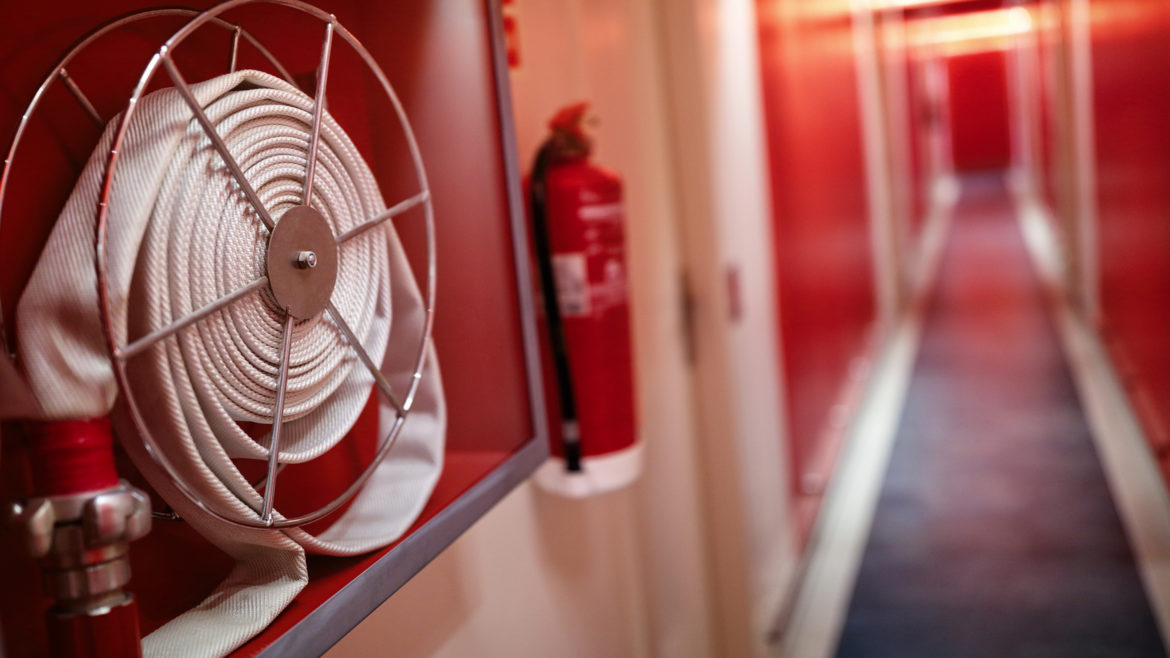
News • 02/03/2021 • 7 minutes read
Building Safety Bill & Fire Safety Bill
Landlords as Duty Holders and the management services provided by MAPP are likely to be affected by legislation currently being considered by the House of Commons. This is an overview of that potential legislative impact.
At MAPP we pride ourselves on our preparation and ability to read the future. We are regularly interpreting the details and points of Bills to ensure we are able to prepare thoroughly and effectively, within the expected timeframes, should these laws be implemented.
The draft Building Safety Bill is currently being examined by a Parliamentary committee who will report with feedback and recommendations before the Bill is finalised. Consultation continues to refine any areas that need further review and consideration.
The Draft Building Safety Bill
Background
The government is bringing forward changes that will improve building and fire safety, so that people will be, and will feel, safer in their homes. It sets out a stringent new safety regime for higher risk residential buildings (HRRBs), backed by a powerful new Building Safety Regulator that will be embedded within the HSE executive.
What does this mean for residents?
The new measures being put in place are to make people safer in their homes. The draft Bill will ensure that there will always be someone responsible for keeping residents safe in high rise buildings – those 18 metres and above. They will also have to listen and respond to residents’ concerns and ensure their voices are heard – they will be called the ‘Accountable Person’.
To oversee all this and make sure that Accountable Persons (who will be identified and have the appropriate and suitable competencies) are carrying out their duties properly, there will also be a new national regulator for building safety, within the Health and Safety Executive.
It will ensure that high rise buildings and the people who live in them are being kept safe and will have new powers to raise and enforce higher standards of safety and performance across all buildings. The regulator will appoint a panel of residents who will have a voice in the development of its work.
Together, measures in the draft Building Safety Bill, Fire Safety Bill, and Fire Safety Order consultation will improve safety standards for residents of all blocks of flats of all heights, with even more stringent approaches and oversight for buildings in scope.
What could it mean for the industry?
The draft Bill will make sure that those responsible for the safety of residents are accountable for any mistakes and must put them right. It will fully establish the regulator that will enforce new rules and take strong actions against those who break them.
- to oversee the safety and standard of all buildings;
- directly assure the safety of higher-risk building;
- improve the competence of people responsible for managing and overseeing building work.
It will operate a new, more stringent set of rules for high-rise residential buildings. The new set of rules, contained in the draft Bill, will apply when buildings are designed, constructed and then later occupied. At each of these 3 stages, it will be clear who is responsible for managing the potential risks and what is required to move to the next stage enabling a ‘golden thread’ of vital information about the building to be gathered over its lifetime.
When residents move into a building that falls under the new set of rules, it will need to be registered with the Building Safety Regulator and apply for a Building Assurance Certificate. The Accountable Person will need to conduct and maintain a safety case risk assessment for the building and appoint a Building Safety Manager to oversee it day to day.
Building inspectors who are responsible for signing buildings off as safe for people to live in will also have to follow the new rules and must register with the regulator.
The draft Bill will also give the government new powers to better regulate construction materials and products and ensure they are safe to use. This will now include the introduction of the Fire Safety Bill to Parliament. This gives local fire and rescue services the power to make sure building owners deal with potential fire risks in their building.

The Fire Safety Bill
This Bill extends and applies to England and Wales. Separate fire safety legislation is in place in Scotland and Northern Ireland. Fire Safety is devolved in Wales but the Bill amends the shared legislation, with the same delegated powers applying to English and Welsh Ministers.
For full details of the Fire Safety Bill 2019-21 and amendments, please visit here.
The new Bill will essentially do three things:
1
Amend the FSO ( Fire Safety Order 2005) such that the building owner is required to manage and reduce the risk of fire, related to the structure and external walls of the building, including cladding, balconies and windows as well as entrance doors to flats and within communal areas. It is yet to be confirmed if this is to be in retrospect or simply new assessments and whether it includes commercial properties.
2
Provide a platform for the introduction of secondary legislation to enable recommendations from the Grenfell Inquiry phase 1 to be introduced, which stated building owners and those that manage buildings should be responsible for a number of actions including lift inspections, evacuation plans and easily understandable fire safety instructions for residents.
3
Allow MHCLG (Ministry of Housing, Communities & Local Government – Gov.UK) to include other types of buildings in the FSO as is required by industry events as well as design and construction considerations.
The Bill currently clarifies that for any building containing two or more sets of domestic premises the Order applies to the building’s structure and external walls and any common parts, including the front doors of residential parts. It also clarifies that external walls in the order include “doors or windows in those walls” and “anything attached to the exterior of those walls (including balconies).” These amendments are expected to provide for increased enforcement action in these areas, particularly where remediation of aluminium composite material (ACM) cladding is not taking place.
These can be summarised as:
- The proposals apply to all multi-occupancy buildings of all heights and that means all blocks of flats must have their facades, flat entrance doors and all communal fire doors checked as part of the periodic fire risk assessment. This will have resource and process implications for the industry.
- The risk assessment process that will have to be used has not yet been agreed. MHCLG is consulting the industry on this.
- Windows have been introduced alongside cladding and balconies for the first time in recent building safety announcements from the government. This may require safety checks of windows which may require specialist input.
- The Grenfell Inquiry phase 1 report included other recommendations for existing residential buildings including floor-level signage and evacuation plans. We know that many existing residential buildings do not have record drawings of any type, so building owners would be forced to produce fire strategy and evacuation plans.
- The secondary legislation potential may suggest that the Home Office or MHCLG may in time include apartments and not just common areas.
Overall the Bill is designed to help to ensure that buildings and those who live in them are safer. For those who own or manage residential buildings, the requirements will no doubt impact further on costs and resource allocation for investigating buildings and ensuring compliance. MAPP will explore this further as part of our Implementation Model.